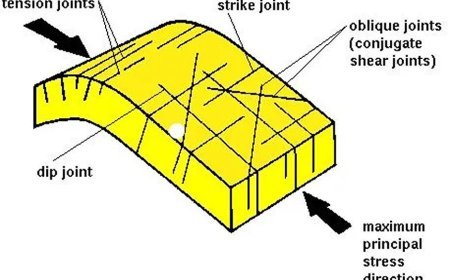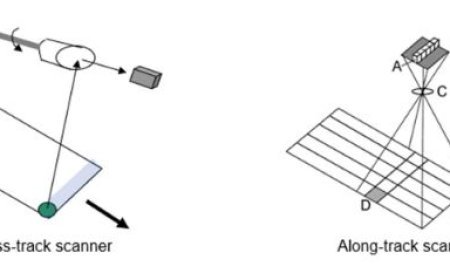AGE PROBLEMS PERTAINING TO INDIAN STRATIGRAPHY
Learn about the age-related problems in Indian stratigraphy and the efforts to address these challenges. Understand the significance of accurate age determination in reconstructing Earth's geological history.

Age Problems Pertaining to Indian Stratigraphy
Age Problems in Indian Stratigraphy
- India's geological past is like a complicated tapestry made of different rock forms and colourful fossils.
- But because these geological groups are so complicated, it can be hard to figure out how old they are.
1. Lack of Reliable Dating Methods
- Sparse Fossil Record: Some layers have a lot of fossils, but others don't have many, which makes biostratigraphic dating harder.
- Radiometric dating is very important, but it can't always be used because it's hard to find the right materials or it costs a lot to analyse them.
2. Complex Tectonic History
- Multiple orogenies: As India travelled around the world, mountains were formed several times, causing a lot of change and distortion. This changes the way rocks work, which makes it harder to figure out what happened in natural time.
- Regional Differences: The Indian subcontinent is very big and has a very different natural past, which makes it hard to compare different areas.
3. Difficulties in Establishing Correlation
- Limited Stratigraphic Exposure: Older rocks are hidden by younger sands that cover large parts of the Indian subcontinent.
- Lack of Accurate Correlation: It can be hard to make clear links between different geographic units that are far apart, which makes figuring out how old something is unclear.
Age Problems
- The Precambrian Era
- Lack of Well-Defined Biostratigraphic Markers: It is hard to figure out how old something is based on remains from the Precambrian period.
- Extreme Metamorphism and Deformation: It is hard to find specific geological events and connect layers when there is a lot of change and deformation.
- The Paleozoic Era
- Discontinuous Fossiliferous Units: The Paleozoic record is often broken up, with breaks in the layers that make it hard to get a continuous age estimate.
- Problems with Global Correlation: It can be hard to match Indian units with global standards because fossil collections vary from place to place.
- Mesozoic and Cenozoic Periods
- Uncertainties in Paleogeographic Reconstructions: Knowing about India's past geography is important for correctly figuring out where rocks were formed and how old they are.
- Lack of Consistent Biostratigraphic Frameworks: It is still hard to set up consistent biostratigraphic frameworks across different areas, even though fossils are more common in these time periods.
- Improvements in Dating Methods: It is very important to come up with new and more accurate dating methods, such as improved radioactive methods and new biostratigraphic approaches.
- Integrated Stratigraphic Studies: It is important to use geological, paleontological, and geophysics data together to make full stratigraphic frames.
- International Collaboration: Setting up standard chronostratigraphic models for Indian forms with the help of researchers from all over the world will make future studies easier.
What's Your Reaction?



































